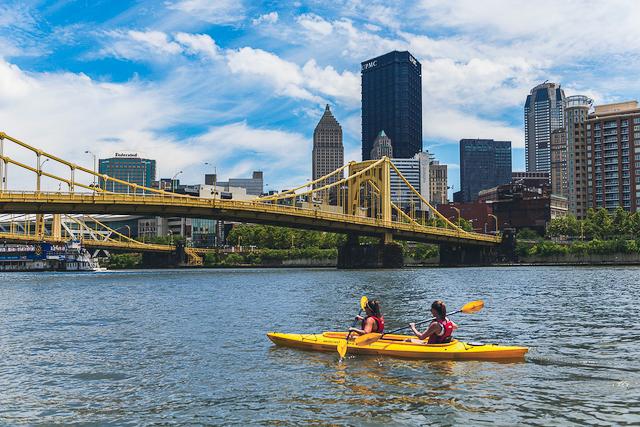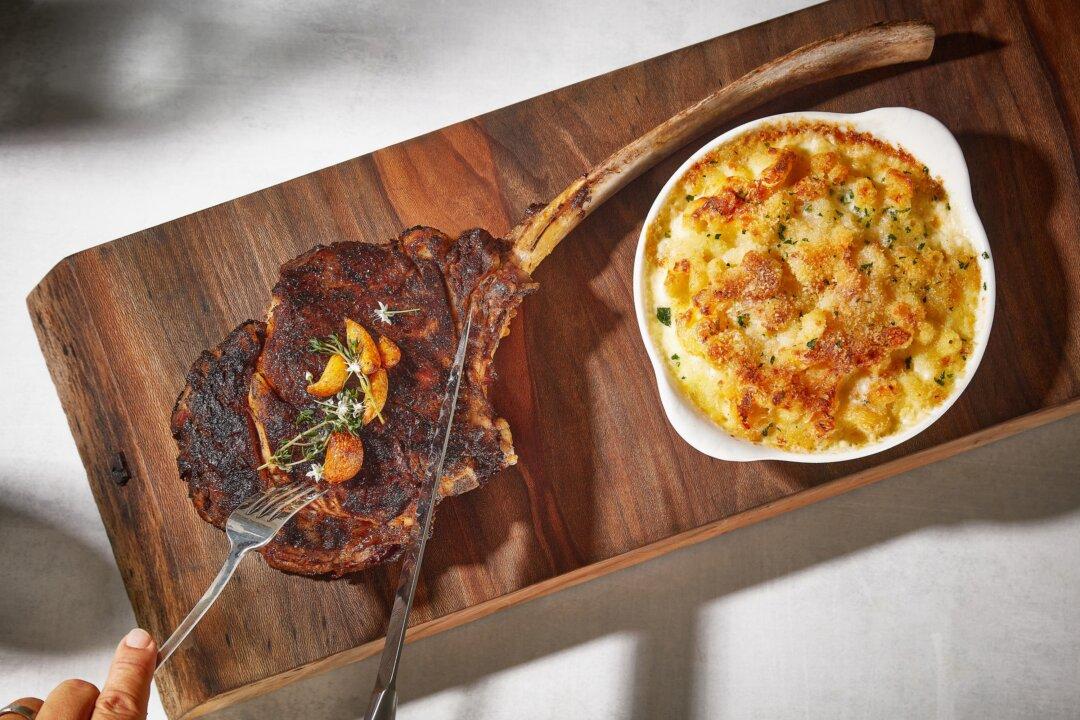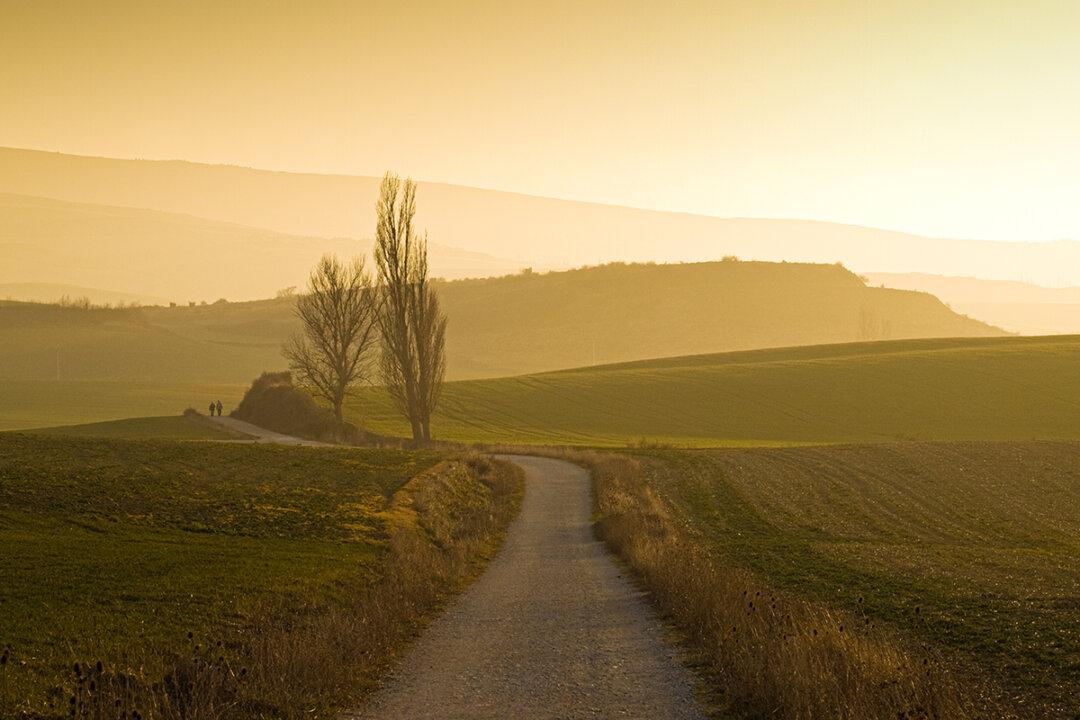I remember my parents boiling coffee on the stove with a glass percolator. As a child, that was a bit of simple entertainment: looked awesome, smelled nice, but tasted awful. The arrival of Mr. Coffee and his drip machine put an end to the show.
But the world of coffee brewing has long been more varied than that, and scientific knowledge and modern adaptations have only made that more true. Craft coffee shops and artisanal roasters have taken our tastes way beyond cans of Folgers and Maxwell House. And from personal espresso machines and siphons to pour-overs and cowboy coffee, the home brewer has many options.
We asked three coffee experts to tell us what they recommend for the home drinker, drawing on their personal home-brewing techniques and with an eye toward the varying levels of seriousness out there. Are you coffee-curious? An average drinker? Or maybe a can’t-face-a-day-without-it drinker, or even the totally obsessive coffee perfectionist having their own barista self-challenge at home? There are a few good, reliable ways for you to go.
Spoiler alert: Drip-coffee machines and single-serve pod brewers didn’t make the cut.
Our Experts
Isaiah Sheese, founder of Archetype Coffee, a roastery with three coffee shops in Omaha, Nebraska, won the U.S. Barista Championship in 2023 and ranked fourth in the world competition.L.A.-based Michael Phillips is director of training for Blue Bottle Coffee out of Oakland, California, and won the 2010 World Barista Competition.
U.K. native Travas Clifton began roasting coffee illegally in a garage (according to his company’s website) and selling cups from a cart, but today operates the (totally legal) roastery Modcup Coffee with three coffee shop locations in Jersey City, New Jersey.
For the Everyday Drinker Who Wants a Full-Flavored Cup: The French Press
This is simply a coffee pot—typically glass, but there are also insulated metal varieties—with a lid and a plunger holding a double-screen, fine-mesh metal filter. After brewing, the filter holds back the grounds as you pour.“A French press is amazing. Keep it easy to make,” Mr. Clifton said. “I’m incredibly frustrated at specialty coffee’s desire to make itself so precision-based. I’m more interested in telling the consumer the easiest way to brew coffee for them.” He recommends the popular brand Bodum.
“French press is very similar to how we cup coffees,” Mr. Sheese said, referring to the professional process of tasting and scoring coffee. “You grind it, you put it in there, you fill it up with water, and you don’t touch it. Then, at four minutes, what we would do is what’s called breaking the crust”—releasing all of those floating grounds—“and then all those grounds will settle to the bottom.”
The potential problem with French press coffee, he said, is that if you’re not patient or careful when you’re decanting from the pot, any fine particles can get through the filter and be stirred up into the brew. These end up in your cup, giving the coffee a muddy, undesirable quality.

For the Lover of Morning Rituals: The Pour-Over
All three experts had good things to say about this method. A pour-over seems like a homemade, single-serving version of drip coffee: Hot water soaks through grounds in a filter before dripping into the cup. But there’s more to the process than that.The heated water goes into a gooseneck pitcher, and the brewer spreads the pouring water evenly across the top of the grounds, allowing them to “bloom”—releasing the trapped gasses created by the roasting process—and pausing to allow the liquid to percolate through before adding more water. While you could pour from any vessel, this long-necked pitcher with its small spout opening allows you to get greater control of the pour in terms of volume, speed, and placement. You also need a filter holder, filters, and a method to heat the water.
It’s a bit of a production, for better or worse—but the result is “noticeably more delicate and complex,” Mr. Phillips said. “A pour-over coffee’s flavor is often at its most expressive, partly due to the filtration, which adds polish and clarity to the cup, and partly due to the amount of water used in relation to the ground coffee.”
The pouring technique—a series of four gentle streams that saturate the grounds—is the key. “Since it’s the method we use in our cafes most, we have our pour-over method down to a science, which we share videos of online,” he said.

Mr. Phillips recommends the method for “anyone who appreciates a short but focused morning ritual and isn’t afraid to experiment.”
The pour-over is Mr. Clifton’s home brewing method of choice (although he does also have an espresso machine). He uses an Origami dripper, but also recommends the Hario V60 ceramic dripper.
Mr. Sheese offered a hybrid option for those who “want to do something a little bit more elevated from a French press”: the Hario Switch. It is essentially a pour-over filter, but it allows the water to steep for a while before you flip a switch at the bottom and let it all drain through the filter into your cup. He prescribes the handy device for “someone who’s not going to be as meticulous with the kettle, sitting there making sure that they’re pouring like they should [be].”

For the Coffee-Obsessed and Willing-to-Invest: Home Espresso Machine
Thinking about getting a home espresso machine? Prepare to get serious.“That’s why there’s lots of coffee shops and not tea shops,” Mr. Clifton said. “Tea’s easy to make at home, and espresso is not.”
“Espresso is the hardest to learn for home [brewers],“ Mr. Sheese agreed. ”It is a skill, and it’s way harder than just brewing coffee.”
For the cappuccinos and lattes that follow, steaming milk is also “really hard to do really well,” he said.
Still, for those dedicated to the pursuit of home espresso, Mr. Sheese recommends espresso machine brands such as Rocket, whose offerings start at four figures, or Breville, which has less expensive (but still not cheap!) entry-level options, some of which also have built-in grinders.

For the Next-Level Enthusiast (or Show-Off): Siphon Coffee
Mr. Phillips highlighted a different option, one that’s both elegant and affordable: the siphon brew method. The system comes with clear glass upper and lower chambered pots. An open-flame burner heats water, which bubbles into the upper chamber, where grounds are then added. Once the steeping is finished, one removes the heat and the coffee drops to the lower chamber. A filter keeps the final cup clear of fines (an undesirable type of coffee bean fragment).Mr. Phillips calls the method “beautiful, intricate, and theatrical,” and says it produces “a delicate, tea-like cup of coffee.” But it can be a bit fussy to get just right.
“Siphon-making is as esoteric as brew methods come, and probably best suited for the experienced enthusiast, the craft hobbyist, or for someone who enjoys showing off to her friends,” he said.

For the Hands-Off Drinker Who Plans Ahead: Cold Brew
I like this already: All you need is a large container. Add coarsely ground coffee, cold water, and let it steep for 12 hours. Strain it and keep it in the fridge.“It has long been a staple in our cafes,” Mr. Phillips said, “and has more recently become a favored brew method in our guests’ homes.”
Especially in the summer, when the heat’s on, this makes a refreshing cool brew at the ready. “The technique is easy, and the results are delicious,” he said.
“This is an easy way to caffeinate yourself in the morning,” Mr. Clifton said. “Go to your fridge—because you’ve made a bunch of it the night before—pour, and go.”
But he also advises that cold brew-drinkers use naturally processed coffees, “because they’ve been dried inside of the fruit casing at the farm, meaning they have more chocolatey, fruit-like flavors, which in cold brew is really nice.”

For the Road Warrior: The AeroPress
I asked our experts, partly jokingly, if they had ever made “cowboy coffee,” an old-timer method of boiling water with the grounds in it and then adding egg shells (or even a fully cracked egg) at the end to filter out the grounds before pouring (and allegedly cut some of the acidity of the brewed coffee).While Mr. Phillips has not “gone full cowboy coffee yet,” he said he has brewed while camping and loves brewing coffee on the road.
“Regularly, I brew on airplanes or in hotel rooms while traveling for Blue Bottle,” he said, and he carries a travel kit with a hand grinder and an AeroPress or uses Blue Bottle instant coffee sachets.

Mr. Clifton also uses the AeroPress. “I’m sure I’ve made plenty of cowboy coffee in the old days when we used to make coffee out of the car,” he said.
“If I went back and tasted that coffee, I’m sure I would say that tastes like cowboy coffee,” Mr. Clifton added, with a laugh.
Mr. Sheese used to travel with the AeroPress but found a problem. “When you drink as much coffee as my wife and I do, you’re making a ton of brews,” he said.
Now, Mr. Sheese recommends the Gabi Dripper, a pour-over device with a reusable filter and water reservoir that controls a slow flow rate, so you don’t need to perform the patient pouring. He brews 12 ounces to 16 ounces with it.
“It’s one of the coolest tools, and I’m kind of bummed that it hasn’t taken off more than it has,” Mr. Sheese said.
It comes with a travel case, but you might need to add a little electric kettle to your travel kit.
“Most of the hotel rooms have Keurigs now, and so you don’t have a way to get hot water,” he said.
Mind you, the device employed is but one factor in your coffee brewing. And while each method listed here affects the amount of time and effort that goes into a cup, all of them focus on accessing the depth and complexity of good coffee—which the experts agree is the real point of drinking it!
Wait! Before you start brewing, don’t miss our experts’ essential tips for getting the most out of your beans—whichever method you choose.






